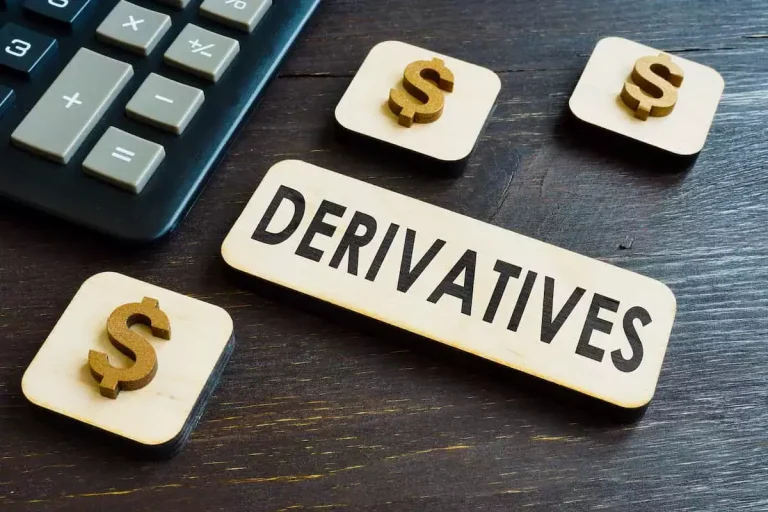Personal keys are out there in a cryptographic pair with public keys and are used to signal transactions. Personal keys act like a password to a crypto pockets and are used for proof of possession of digital belongings. Non-public blockchains can revolutionize supply chain management by providing safety, accountability, and transparency of knowledge through the movement of products from production to client. As such, the blockchain’s controlling entity decides who can be part of the network, can limit entry to knowledge, and knows the identities of all of the participants.
It permits for sure parts of the ledger to be public while keeping sensitive info personal. It requires a considerate design and a robust consensus mechanism that permits for this split persona, so to speak. Plus, making certain interoperability between the personal and non-private features is key to making it work seamlessly.
Nonetheless, its potential extends far past the realm of digital currencies. At its core, blockchain is a chain of blocks, every containing data, a timestamp, and a unique cryptographic hash of the previous block. This interlinking creates a secure and immutable document of transactions or information.
JPMorgan Chase & Co, a significant multinational investment financial institution, showcases this well via their use of Quorum. This personal blockchain system facilitates speedy and secure cross-border transactions. This foundation permits us to understand the nuances of blockchain's evolution and its impact on various aspects of our lives. Its decentralized nature, mixed with its cryptographic security, presents a flexible solution relevant across various industries. Private blockchains are used by entities that need a safe ledger, allowing access to solely those who want it. In this way, there would be fewer errors and no means for someone to alter financial information after it is entered.
Personal blockchains are distributed ledger expertise developed by private organizations with entry restricted to a certified group of participants. The group controls the blockchain and determines who can add knowledge and validate transactions on the blockchain. It’s like an open stage the place anyone can take part, view, and add transactions. This openness is what makes Bitcoin and similar cryptocurrencies accessible to anybody who wants to be a half of the community.

In all, a hybrid blockchain system helps a firm benefit from the closed consensus protocol model, while additionally coming off with full transparency. A mixture of the constructive and negative elements of each private and public blockchains may be inherent in a hybrid blockchain system. Whereas many public blockchains are transitioning to extra energy-efficient consensus mechanisms like Proof of Stake (PoS), the overall vitality footprint of public blockchains remains a subject of scrutiny. Whereas advancements are being made to improve scalability in public blockchains, they may not be https://www.xcritical.com/ ideal for purposes requiring excessive transaction volume or real-time processing. In public blockchains, every transaction is secured using cryptography and validated by an unlimited community of distributed computer systems. Once a block containing these transactions is added to the chain, altering it turns into practically inconceivable.
What's Public Blockchain?
Operating a small business Yield Farming means you understand how essential it is to remain orderly, management relationships, and observe your clients.
- Overall, personal blockchains provide organizations with the benefits of blockchain technology whereas maintaining control over their knowledge and operations.
- It might help save time and money by automating transactions between completely different organizations.
- Earlier Than we delve into what the landscape looks like, let’s briefly give a breakdown of a few of the advantages of tokenization for companies and end-investors alike.
- With fewer individuals validating transactions, private blockchains undergo from weaker consensus fashions.
- These are just a few illustrations of how public blockchain examples are disrupting traditional systems and paving the finest way for new potentialities.
Knowledge Privateness And Safety Measures
Are you're a business owner and seeking to make the most of the efficiency and security of private blockchains? Partnering with prime blockchain growth companies can ensure that you implement the most advanced and tailor-made blockchain solutions to fulfill your particular wants. A personal blockchain is a sort of blockchain network that restricts access to only some users.

While authorities securities and private credit dominate today, actual property and personal fairness are poised to gain momentum because the industry matures. As adoption grows, tokenization not solely democratizes high-value markets but in addition solidifies blockchain's role as a cornerstone of worldwide monetary infrastructure. For private blockchains to be enterprise-ready, they must possess some key features if companies are to implement them.
The examples of use circumstances highlighted below are non-exhaustive because the applications of those technologies are at all times evolving over time. Development Companies – innovative solutions from the whitepaper to the completed blockchain. This means of discovering the solution makes use of a lot of energy as a result of miners must repeatedly change and find a specific nonce worth that matches a goal set by the community. This constant competition requires highly effective computer systems operating non-stop, which chew through large quantities of electricity. During peak hours, when tons of transactions are occurring at once, things can slow down a bit. Every participant in the network needs to verify each transaction, and that may create a bottleneck as the network grows.
This article talks about private Blockchains, how they differ from public ones, why they're crucial for enterprises, and enlists a few of the sectors the place private Blockchains may be applied for good. In a current interview, Cooperstein shared his enthusiasm for this shift toward larger connectivity throughout blockchains. Blockchain is among the fastest-growing sectors in emerging tech, with forecasts for its development various widely. According to MarketsandMarkets, the global blockchain market was valued at roughly $7.4B in 2022 and is projected to succeed in $94B by 2027, with a compound annual progress fee of sixty six.2%. In The Meantime, different estimates, corresponding to these from Customized Market Insights, project the market could attain $69B by 2032, highlighting the sector's dynamic and unpredictable development trajectory.

Non-public blockchains present enhanced safety what does it mean when crypto is burned and efficiency for organizations by restricting entry to a restricted variety of customers. A blockchain is a distributed ledger expertise that enables for safe and clear record-keeping. While public blockchains, like Bitcoin and Ethereum, are open to everyone and rely on a decentralized community of members, non-public blockchains are restricted to a particular group or organization.
Each of these blockchain networks has industries or use circumstances where they thrive better, and seeking to know which one is better may not be a fair representation of their particular, individual qualities. As we talked about use instances of several varieties of blockchains allow us to study these use cases compared to DLT vs. blockchain. DLT or distributed ledger technology uses the decentralized and shared ledger principle. The personal blockchain vs. public blockchain exposition will finest be understood with the evaluation of the examples of each. This section will be devoted to discussing the examples of those unique types of blockchain, and the companies that are using them.

